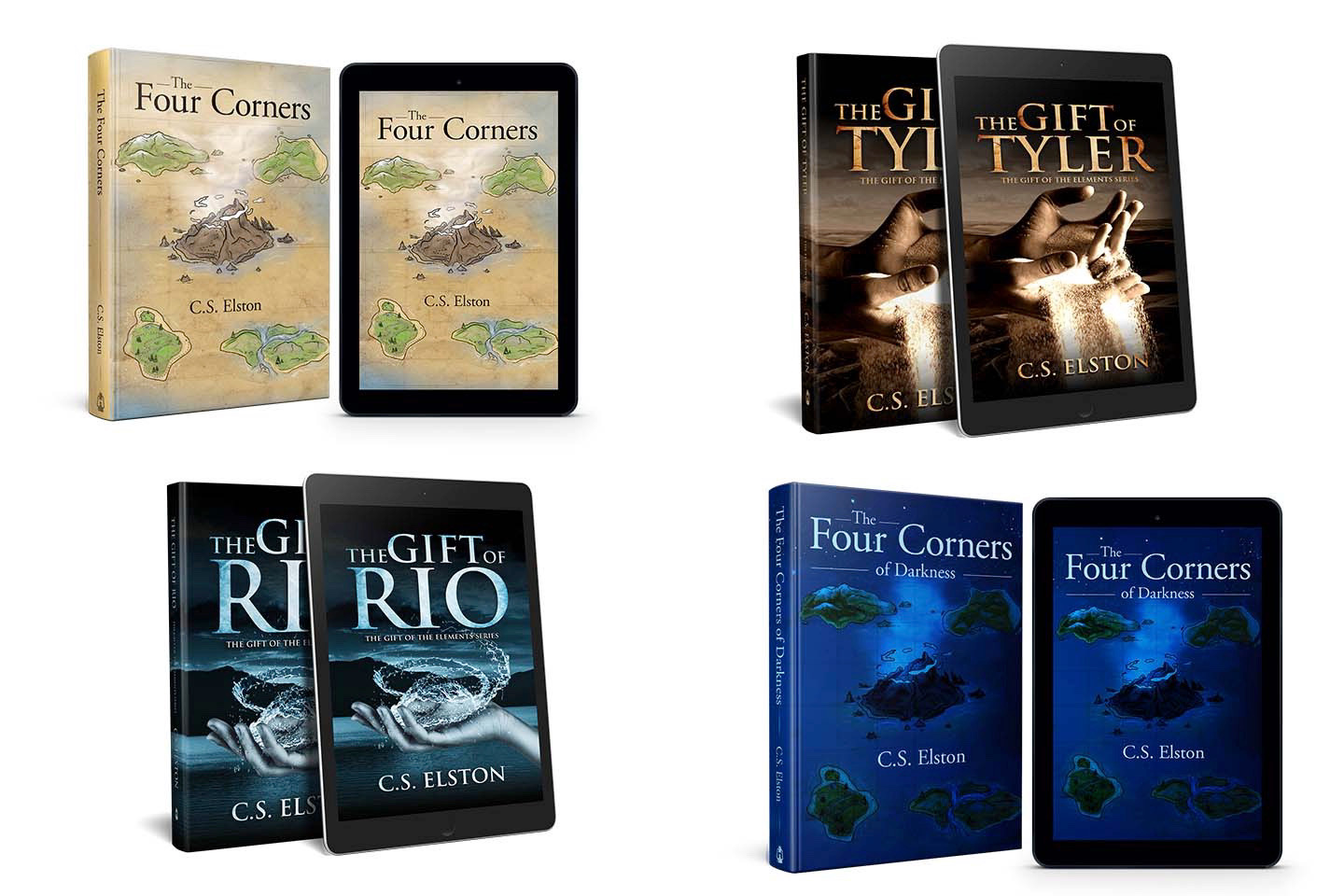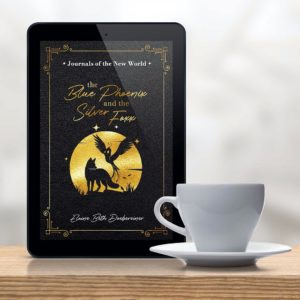
We’ve never seen him (or, her – for me it’s a him) but we’ve all heard his voice. Call him the voice of doubt, the inner critic or, heck, call him the natural thief of confidence and productivity. It all means the same thing. It’s that nagging voice that comes from within. I hear it all the time. After all, I believe that I am my harshest critic.
 Self-criticizing can be very detrimental. It can stifle creativity. It can cause you to doubt your abilities and the work you’re doing to the point where it slows you down or even leaves you completely unproductive. It can cause image issues, relationship fears, and often leads to full-blown depression.
Self-criticizing can be very detrimental. It can stifle creativity. It can cause you to doubt your abilities and the work you’re doing to the point where it slows you down or even leaves you completely unproductive. It can cause image issues, relationship fears, and often leads to full-blown depression.
All this to say that the critic within needs to be taken seriously and managed appropriately. To avoid the downward spiral that leads to self-destructive behavior, it is my humble opinion that the critic needs to be listened to and responded to because it can’t be all-together avoided. If, instead, we can harness the criticism and re-direct it into self-improvement, we will become happier and more successful people. So, how do we do that?
First, we must accept the fact that no one is perfect. We aren’t, never will be, and expec
tations of perfection are both ludicrous and harmful. Goals are great but keeping them realistic is critical so that we set ourselves up for success.
Next, we need to identify the motivational source of the voice. Is this coming from a place deep inside where we know we have room for improvement in a certain area? Or, is this coming from a place of pain? A place of deception? For some, the critic within comes from a place where they have been hurt in the past.
For example, a boy that was teased as a child for being overweight can grow up to be a man who feels fat no matter how much time he spends in the gym or how many times he passes on the French fries, opting instead for the kale salad. That’s when you know the voice is a liar and needs to be kicked out of your life. Choosing the gym and the kale salad made the man a better version of himself than accepting his “fate” as a fat man and eating French fries while watching The Biggest Loser in tears would have. But, he already made that improvement so, continuing to listen to that voice would only mean inevitable self-destruction. Time to move on.
 As a Christian, I also believe that the voice within me can be the Holy Spirit shining a light on dark spots in my life that need to be exposed so that I can improve. So that I can become the man I was created to be and live the life I was created to live. That’s a voice I want to listen to because it makes me a better person and, ultimately, a happier one.
As a Christian, I also believe that the voice within me can be the Holy Spirit shining a light on dark spots in my life that need to be exposed so that I can improve. So that I can become the man I was created to be and live the life I was created to live. That’s a voice I want to listen to because it makes me a better person and, ultimately, a happier one.
As a writer, the critic within can make my work better. Again, I just need to learn to harness it and use it for good rather than let it overwhelm me and take me down the path of self-destruction. Like me while I’m on this side of heaven, my work will never be perfect. And, also like me, there’s always room for improvement. We are all works in progress. And, until my books are in print, I’m trying to improve every little detail until I have to let go.
The bottom line is that the critic within can be a good thing. Or, it can be your worst enemy. The choice is up to you. One thing that’s for sure, we all face that voice from time to time. The trick is in how we decide to handle that standoff.



 While the list is in no particular order, I thought I’d start with C.S. Lewis and his fantastic Chronicles of Narnia series because of both comparisons to my series, “The Four Corners,” and the fact that we share the same first two initials (although, I’m Christopher Scott – not Clive Staples.) The Narnia books were staples (pun absolutely intended) in my house when I grew up. “The Screwtape Letters” also blew me away in high school and books like “Mere Christianity” and “A Grief Observed” are works I recommend to everyone. C.S. Lewis has had as big of an impact on me as a writer and a person as anyone else on the planet. Absolute genius.
While the list is in no particular order, I thought I’d start with C.S. Lewis and his fantastic Chronicles of Narnia series because of both comparisons to my series, “The Four Corners,” and the fact that we share the same first two initials (although, I’m Christopher Scott – not Clive Staples.) The Narnia books were staples (pun absolutely intended) in my house when I grew up. “The Screwtape Letters” also blew me away in high school and books like “Mere Christianity” and “A Grief Observed” are works I recommend to everyone. C.S. Lewis has had as big of an impact on me as a writer and a person as anyone else on the planet. Absolute genius. J.R.R. Tolkien
J.R.R. Tolkien Richard Matheson is another excellent writer who has had a lot of his books turned into movies (“Stir Of Echoes”, “I Am Legend”, etc.) including the well thought of “What Dreams May Come” which was both enjoyable and disturbing for me due to it’s distorted view of heaven. But, I first discovered Matheson when I saw the movie “Somewhere In Time” and loved it. starring Christopher Reeve, Jane Seymour and Christopher Plummer. It was captivating to me. So, I read the book (originally called “Bid Time Return” but changed for marketing reasons to match the film title) and liked it even better.
Richard Matheson is another excellent writer who has had a lot of his books turned into movies (“Stir Of Echoes”, “I Am Legend”, etc.) including the well thought of “What Dreams May Come” which was both enjoyable and disturbing for me due to it’s distorted view of heaven. But, I first discovered Matheson when I saw the movie “Somewhere In Time” and loved it. starring Christopher Reeve, Jane Seymour and Christopher Plummer. It was captivating to me. So, I read the book (originally called “Bid Time Return” but changed for marketing reasons to match the film title) and liked it even better. The Stephen King & Frank Darabont collaboration
The Stephen King & Frank Darabont collaboration This book (as well asthe 1962 movie starring Gregory Peck) made me want to write about real people and real problems. It also cemented, in both my writing and me as a person, themes of justice, redemption and truth. This is not only the greatest novel of the 20th century, it’s one of the greatest, if not the greatest, novels of all time. I have to admit though, I wish they had left “Go Set A Watchman” in the drawer where it was kept for 55 years.
This book (as well asthe 1962 movie starring Gregory Peck) made me want to write about real people and real problems. It also cemented, in both my writing and me as a person, themes of justice, redemption and truth. This is not only the greatest novel of the 20th century, it’s one of the greatest, if not the greatest, novels of all time. I have to admit though, I wish they had left “Go Set A Watchman” in the drawer where it was kept for 55 years.
 The initial dream that I had at 16 was basically just one short incident with one character. A young girl falling from a mountain top with the mission of saving earth. The scenery was vivid, and the girl was so real to me. I constructed the other characters and plot around this singular point of origin. Other constructs came to life as I realized, I have always wanted to make a difference in the world. I have always had this burning desire to help others. What better way to reach an audience then through a story where they can see themselves in the characters and experience what the characters feel? So, I set out to write a book that could be a beacon of hope and inspiration to the world.
The initial dream that I had at 16 was basically just one short incident with one character. A young girl falling from a mountain top with the mission of saving earth. The scenery was vivid, and the girl was so real to me. I constructed the other characters and plot around this singular point of origin. Other constructs came to life as I realized, I have always wanted to make a difference in the world. I have always had this burning desire to help others. What better way to reach an audience then through a story where they can see themselves in the characters and experience what the characters feel? So, I set out to write a book that could be a beacon of hope and inspiration to the world.


